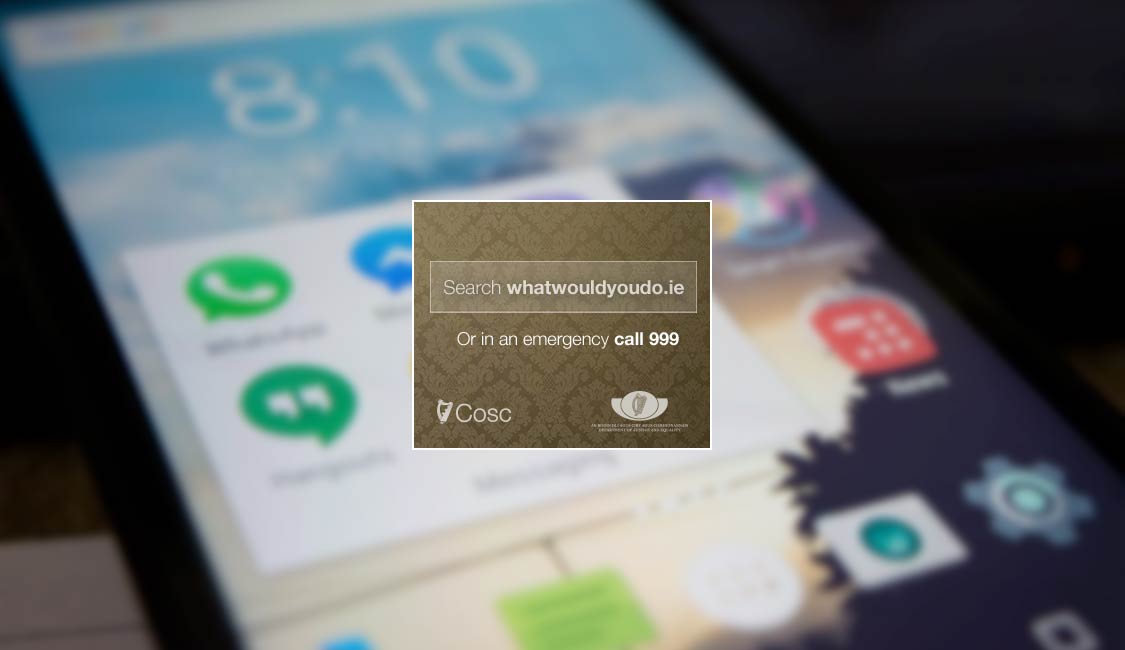As part of a continuing series of discussions on KCLR Live around the subject of domestic abuse, for June we look at the subject of Elder Abuse as part of the national awareness campaign, ‘What Would You Do?‘.
The theme for the month of July has been digital and online abuse. You can listen back to our discussion on the subject below with Will Clarke of Clarke Jeffers & Co. Solicitors.
What is digital and online abuse?
Women’s Aid, who run the national domestic violence helpline, are regularly coming across victims of domestic violence who report digital and online abuse as an element of the abuse they are suffering. According to their website** incidences of digital and online abuse reported to them includes:
- Women who are harassed and monitored online, through mobile phones and texting.
- Abusers who combine digital abuse with more traditional offline stalking tactics such as following, damaging property and abusive calls.
- Abusive partners who use the internet and social media to control and stalk women.
- Women who have personal details shared or lies spread about them and are impersonated by their abuser online.
- A common form of digital abuse reported are damaging rumours being spread about women both personally and professionally and having sexually explicit images and videos that were taken with consent posted online without consent (‘revenge porn’).
- Abusers have advertised their partners on escort sites without their consent or knowledge.
- Abusers have used specific spyware to monitor the woman, find out her online and bank account passwords and keep track of her whereabouts.
In the last decade, technology has emerged as playing an increasingly significant role in how we build and maintain relationships with each other. The advent of the mobile phone, computers and the internet has revolutionised the ways in which we communicate. We now send each other texts, tweets, snapchats and selfies. Grandchildren in Australia can ‘Skype’ or ‘Facetime’ with their grandparents in Ireland and show them what they drew in school that day. Not too long ago such communication was the stuff of science fiction, now we take it for granted.
The options open to single people who wish to meet someone has also radically changed, first with the advent of internet dating and later with dating apps such as ‘Tinder’ and ‘Grindr’. The role of technology in new relationships does not stop with introductions. Romantic partners frequently use digital means to connect with each other. The sending of intimate pictures has become so prevalent that, for many, it has seemingly become just another milestone in a relationship.
‘Sexting’, as it has become known can be part of a healthy relationship, a bit of fun between two consenting adults. However it can also have very negative consequences. A research study* into the ‘Sexting’ phenomenon found that while the practice was common among youths and young adults, 20% of participants reported being coerced into it at some stage. Furthermore these individuals were more likely to experience more traditional forms of intimate partner aggression such as physical, emotional or sexual abuse, suggesting that sexting coercion maybe an indicator of intimate partner violence.
For full details on the campaign and more on digital and online abuse, see whatwouldyoudo.ie.









